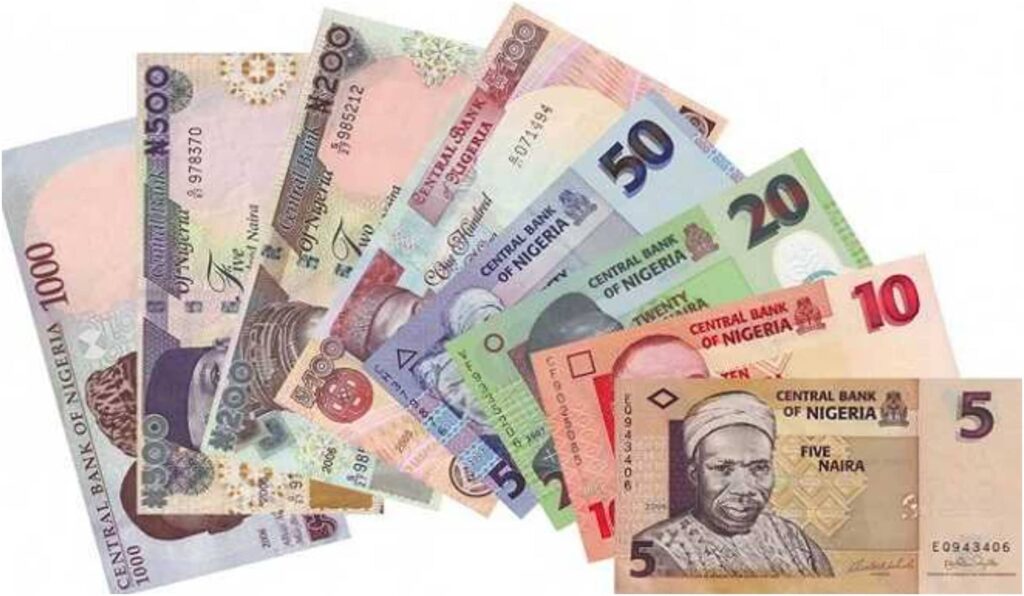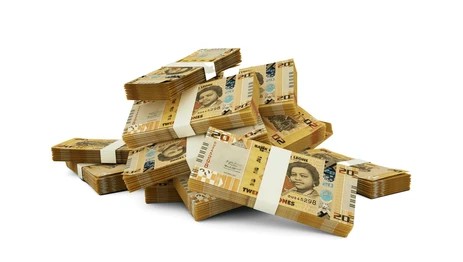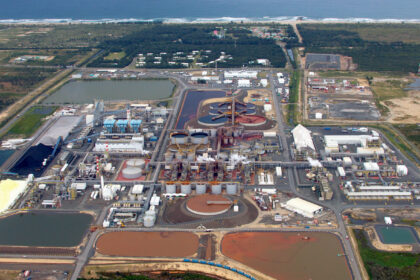At a Glance
- Weak institutions and high inflation continue to pressure several African currencies against the dollar.
- Central bank interventions remain limited as foreign reserves shrink and investor confidence wanes.
- Currency weakness highlights structural risks tied to fiscal deficits and poor export diversification.
As inflation bites and post-pandemic shocks persist, several African currencies have endured sharp declines.
Several central banks struggle with credibility and independence, making it difficult to anchor inflation expectations. Loose monetary policy often fuels further depreciation.
Governments running large deficits tend to rely on central bank borrowing, stoking inflation and weakening their currencies.
Countries reliant on oil, gold, or other single exports face sharp swings when global prices dip.
Thin foreign reserves limit central banks’ ability to defend their currencies, while investors quickly withdraw capital during periods of uncertainty.
Conflict, corruption, and erratic policymaking discourage foreign investment and weaken domestic trust.
Stabilizing these currencies will require a combination of fiscal discipline, stronger export performance, and improved governance.
Boosting foreign reserves, through investment inflows, diaspora remittances, and diversified exports, will be key.
Clear communication from central banks and consistent policymaking can help rebuild confidence.
Ultimately, Africa’s currency challenges point to a larger truth: without credible institutions and sound economic management, even small shocks can trigger deep financial pain.
By the close of trading on October 8, 2025, some of the African currencies that weakened against the U.S. dollar, reflects structural vulnerabilities that extend beyond global headwinds are profiled by Shore Africa as follows.
1. Sierra Leonean Leone (SLE)
Approx. 1 USD = 22,765.01
The leone is currently recorded as the weakest in Africa at SLE22,765.016 per dollar. Persistent inflation, low exports, and fragile post-conflict recovery remain major constraints.
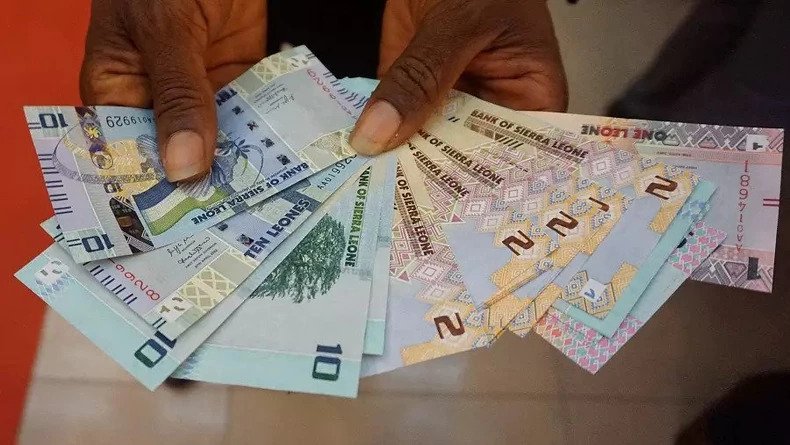
2. Malagasy Ariary (MGA)
Approx. 1 USD = 4,466.566
The ariary currently MGA4,466.566. Climate disruptions affecting agriculture and weak manufacturing output have slowed Madagascar’s economic rebound.
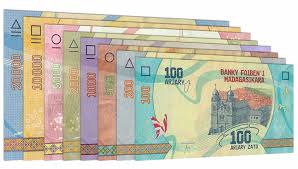
3. Ugandan shilling (UGX)
Approx. 1 USD = 3,435.0049
Ugandan shilling is at Ush3,434.80 as of writing
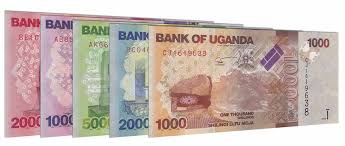
4. Burundian Franc (BIF)
Approx. 1 USD = 2,947.88
Burundi’s franc is BIF2,947.736 per dollar. Low reserves and political uncertainty continue to hinder stabilization.
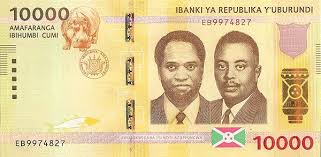
5. Congolese Franc (CDF)
Approx. 1 USD = 2,411.97
The franc fell to CDF2,411.97 per dollar. Political instability, weak fiscal oversight, and ongoing conflict in mining regions have slowed growth and weakened confidence.
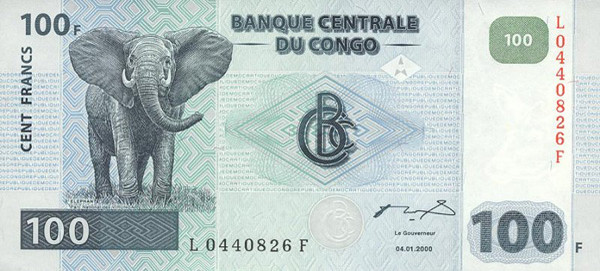
6. Malawian Kwacha (MWK)
Approx. 1 USD = 1,735.36
The kwacha lost about 0.02 percent of its value, slipping to MWK1,734.86 per dollar. Heavy import reliance, scarce foreign investment, and thin reserves have deepened the pressure on the Malawian economy.
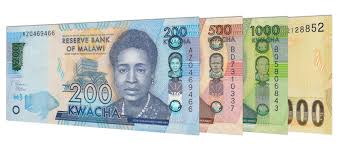
7. Nigerian Naira (NGN)
Approx. 1 USD = 1,471.28
The naira is now below N1,500. Nigeria’s troubles are tied to its dependence on oil exports, dwindling foreign reserves, and stubborn inflation. The removal of foreign exchange controls and multiple exchange rates, though aimed at reform, further strained the market. Policy uncertainty and fiscal deficits have eroded investor confidence, leaving the currency exposed to speculation and capital flight.
